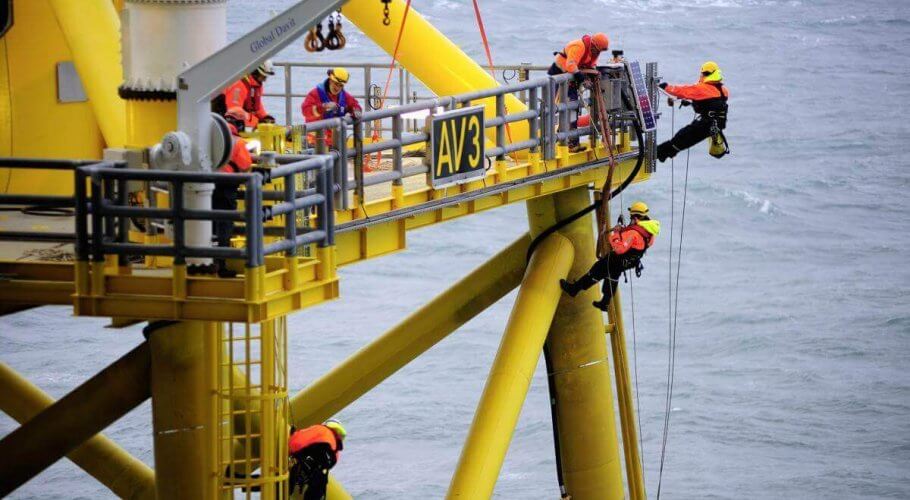
In the UK alone there are thousands of injuries every year as a result of dropped objects. The Health and Safety Executive (HSE) Reported that in 2016/2017, 10% of non-fatal injuries to employees were as a result of being struck by an object, with a further 7% of injuries as a result of a fall from height. (1)
Even the greatest optimist would agree, there will always be instances where external factors such as user error, equipment failure, and environmental variations would still play a role in incidents, however there is a still lot that can be done to help alleviate the potential for incidents to take place.
It is becoming a more common practice throughout industry for those working on ‘at height’ applications to use tethers on their tools, to avoid potential injury to the operator and anyone around them, as well as potential damage or loss of equipment.
The purpose of WAHR is to prevent death and injury from a fall from height. Work at height means work in any place where, if there were no precautions in place, a person could fall a distance liable to cause personal injury.
Fall protection violations reached number one on OSHA’s list of violations for 2015 with 7,402. This category includes both tools and people, as fall protection refers to anything that can fall.
Focus on preventing objects from falling should be similar to the regulations around protecting people working at height, as objects as small as a mobile phone and tape measure, when dropped from a height, can cause serious injuries to persons should the objects fall. (3)
While it is not a legal requirement to tether all tools, in the ‘Avoidance of Risks’ section from the Working At Height Regulations 2005, states that where reasonably practicable, every employer shall take account of a risk assessment under regulation 3 and also states that, where reasonably practicable, work should be carried out in an environment that avoids the need for working at height. In addition, the legislation also stipulates that:
With this in mind, a lot of companies have begun to look at the way in which their tooling may be used, and adapted the equipment to include safety updates.
When following a dropped object prevention scheme, there are five simple rules that can be followed:
All too often, companies only invest in safety after a tragic event occurs. Although industry now recognises the hazards of working at height. Focus should now be shifted to realising that dropped objects must be addressed before an incident to help improve the personal safety of workers while working at height.
At HTL we pride ourselves on designing equipment with both the operator and job site safety at the forefront.
A great example of this is our DSX Square Drive Wrench range, which has been designed in-house, UK manufactured, and includes:
For more information on our ever-increasing range of products and services, please contact HTL, email info@htlgroup.com or call +44 (0)1670 700 000.
(1) http://www.hse.gov.uk/statistics/causinj/index.htm
(2) http://www.legislation.gov.uk/uksi/2005/735/pdfs/uksi_20050735_en.pdf
(3) http://www.ehstoday.com/construction/sky-isnt-falling-and-your-tools-shouldnt-either